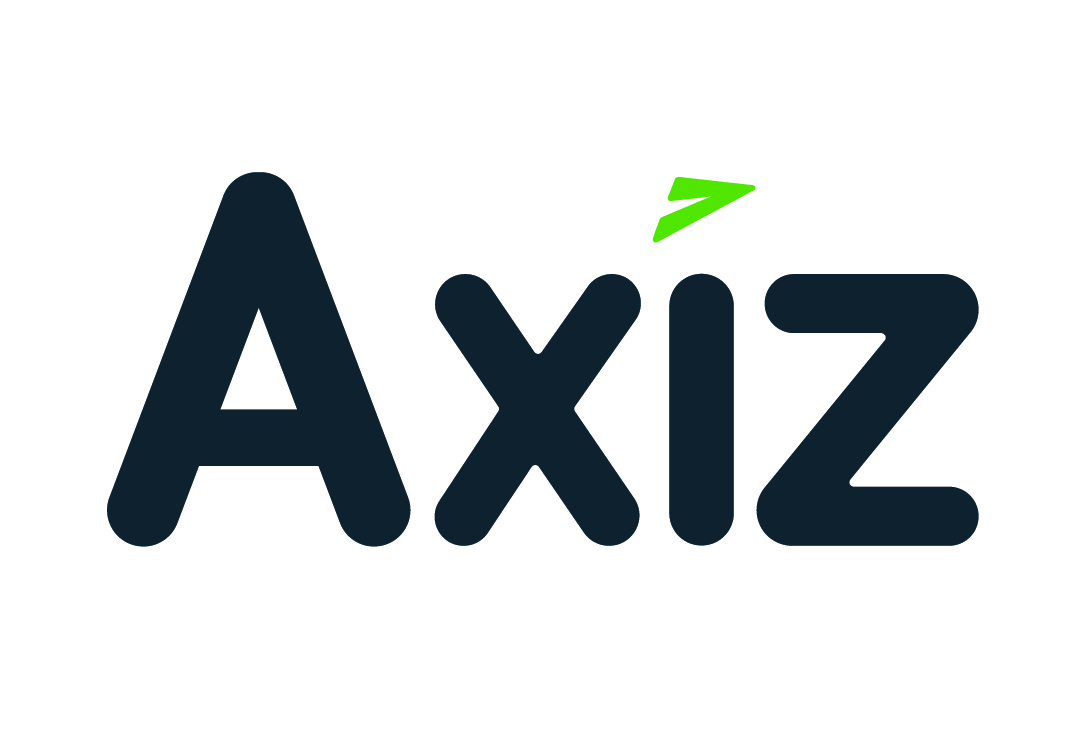Hyper-converged infrastructure (HCI) is a pretty unexciting title. The first two parts are suitably futuristic, but that infrastructure part is a drag. Who wants to talk about infrastructure in this age of cloud and services? Aren’t we in a post-tin world?
Infrastructure may not be as sexy as it once was, but it’s still around, merged with the background as the industry works to create user simplicity out of complex integrated systems. This is also the reason HCI should be a very, very important consideration, particularly when you consider the potential of software-based HCI.
“HCI is the convergence of several important parts of digital transformation,” explains Neil Jackson, Software Business Unit Manager: Advanced Technologies at Axiz.
“It combines software-defined methods with commodity hardware to create a digital engine for business. I’d liken it to a car: you don’t buy wheels, the engine, the chassis, and then put it all together. You buy a single product that has been designed and engineered to do what you need it to do.”
Digital simplicity
A typical IT system today is still very similar to previous systems. A server is assembled by sourcing the various components, then loading software on to it. Though the individual components are turnkey, the eventual configuration of the system turns it into a very bespoke piece of property. This inevitably generates technical debt, which is the fragility of a system that inevitably contributes towards legacy and lock-in challenges.
Those systems must be configured to offer specific services. For example, a hypervisor may need to be painstakingly added. Network protocols must be aligned from scratch. Storage arrays must be configured. All of this happens before the server is ready for the actual workloads it will be running. You are building the car when you really need to be on the road, making deliveries. But you haven’t even put your goods into the back!
HCI arrived as an answer to this dilemma, says Jackson: “An HCI box is a collective of hardware, with the software-defined elements already configured to work with that set-up. It’s then a lot easier to align infrastructure with the applications you need it for.
"Since it’s all software-defined, an HCI box can run multiple virtual environments, or several HCI systems can pool to support a large workload. Some call it ‘cloud in a box’, which is true if you see software-defined virtualisation and agile resource management as part of the cloud. Those are the elements that make cloud work.”
Beyond the hardware
HCI solutions started appearing about a decade ago, and at first, they were a hard sell. Few people saw the point; after all, it’s just another server with fancier features. But it wasn’t long before the changes demanded by businesses required an architecture that was ready to do the job.
HCI grew as it became the way to seamlessly deploy advanced servers to run modern workloads and applications, establish integration across systems, and deploy resources as and when they are needed. The next step was to separate the hardware and software.
“Each HCI box is a careful balance of hardware and intelligent software, often built by the vendor,” says Jackson. “This works great but doesn’t help anyone who already has investments in modern hardware. The door opened for software-driven HCI.”
An HCI server is a little like a supercar: it’s finely built and tuned to create harmony between the hardware and software. But in recent years, a new breed of vendors have created HCI software platforms that are more hardware agnostic. This enables organisations to reconfigure existing systems or make changes to HCI stacks as they evolve. While HCI is already incredibly flexible, HCI platforms are quickly spreading this methodology to the broader infrastructure world.
“HCI as a platform has several advantages. It can re-appropriate current modern hardware for new purposes. It can also greatly reduce training times for skills and the cost of licences. If HCI is a genie, HCI platforms let it out of the bottle.”
Infrastructure-as-a-Service (IaaS) is a limited model. There are still many scenarios where a business should own some server assets. Let’s not forget that those IaaS offers are also built on servers. HCI takes the pain out of creating cloud-ready infrastructure, and now HCI platforms are commoditising that power to the broader market.
Share
